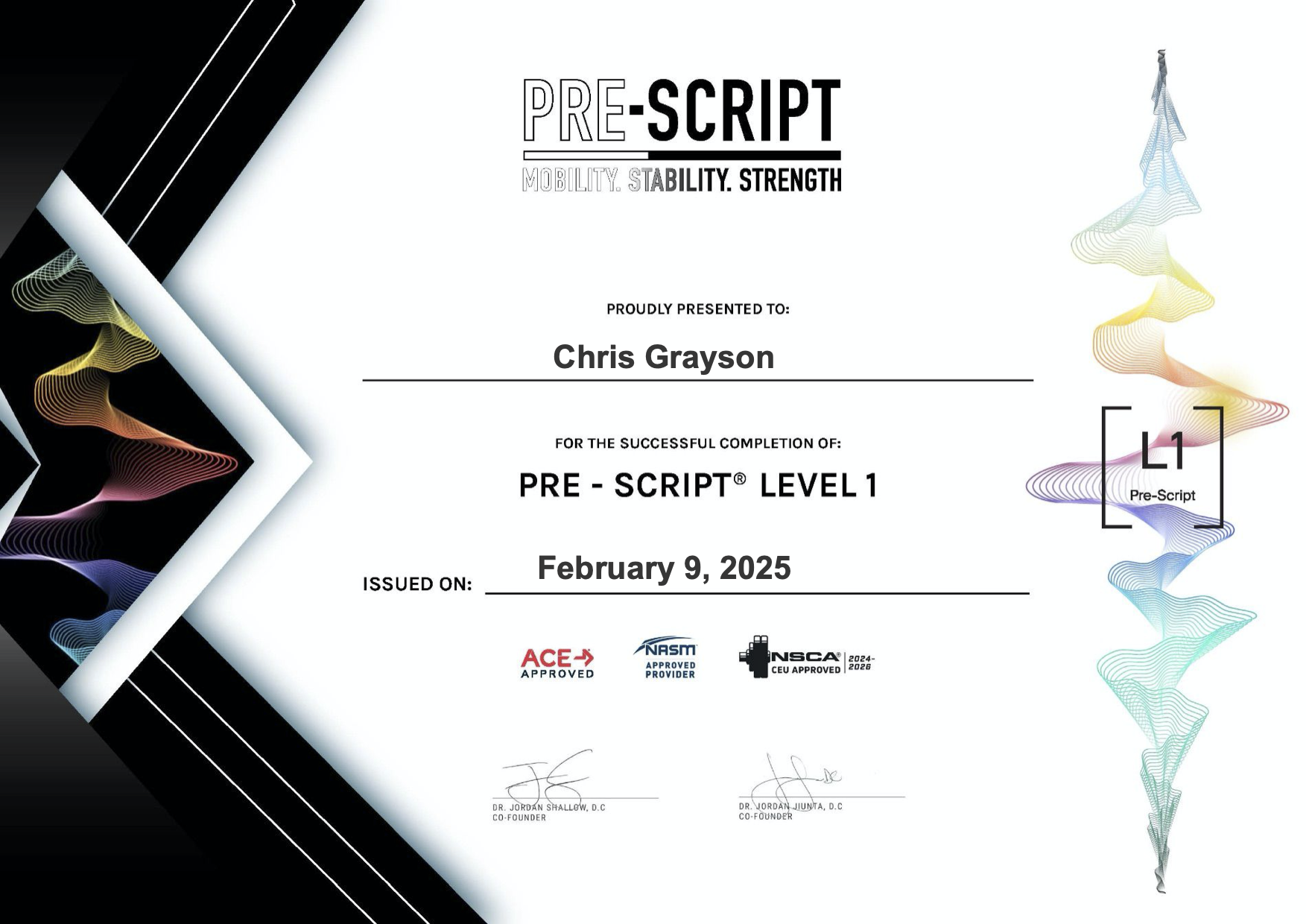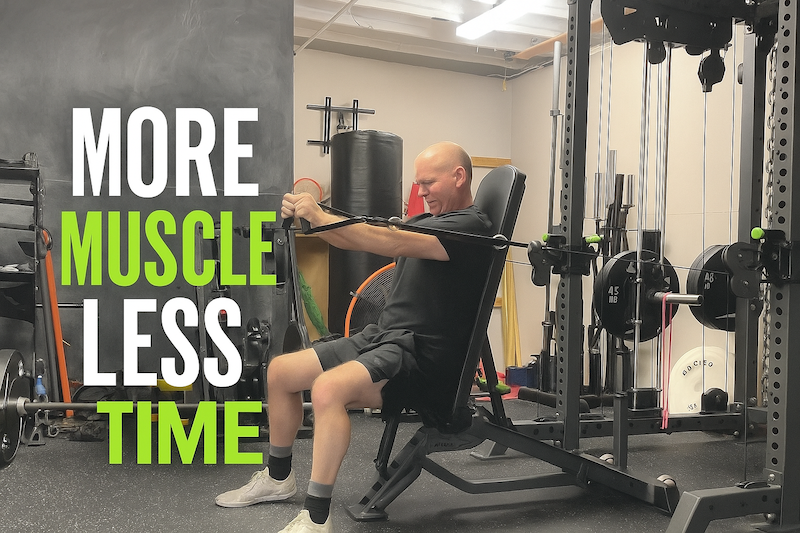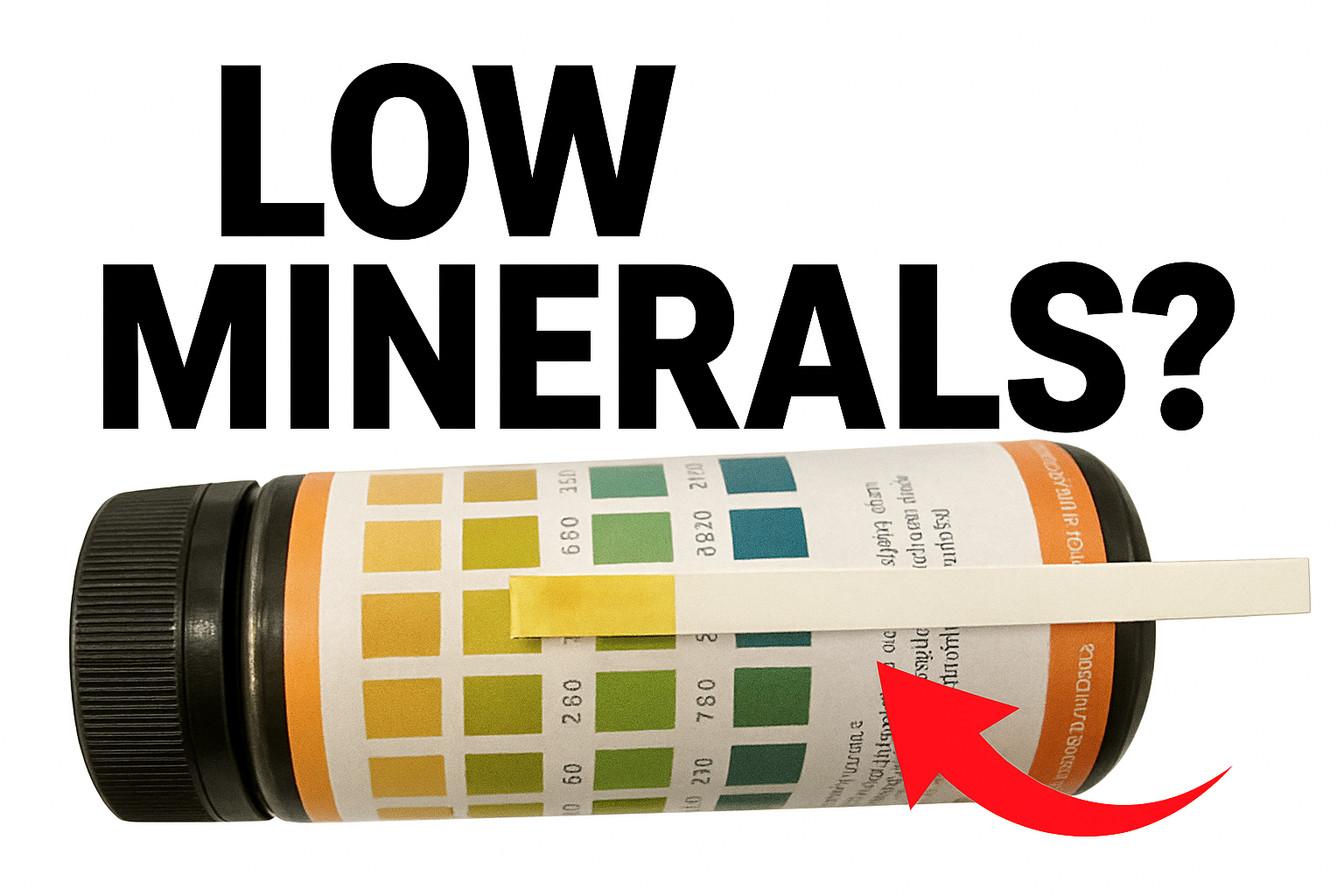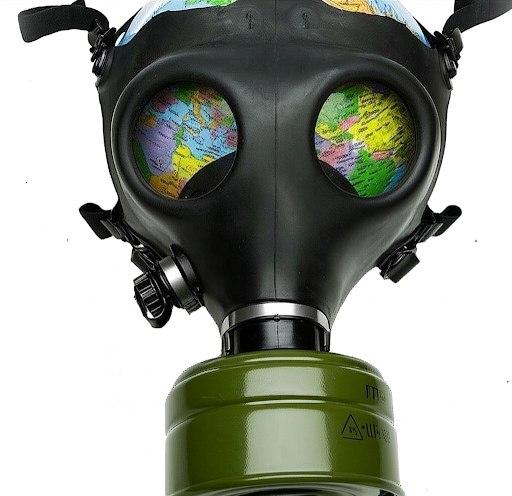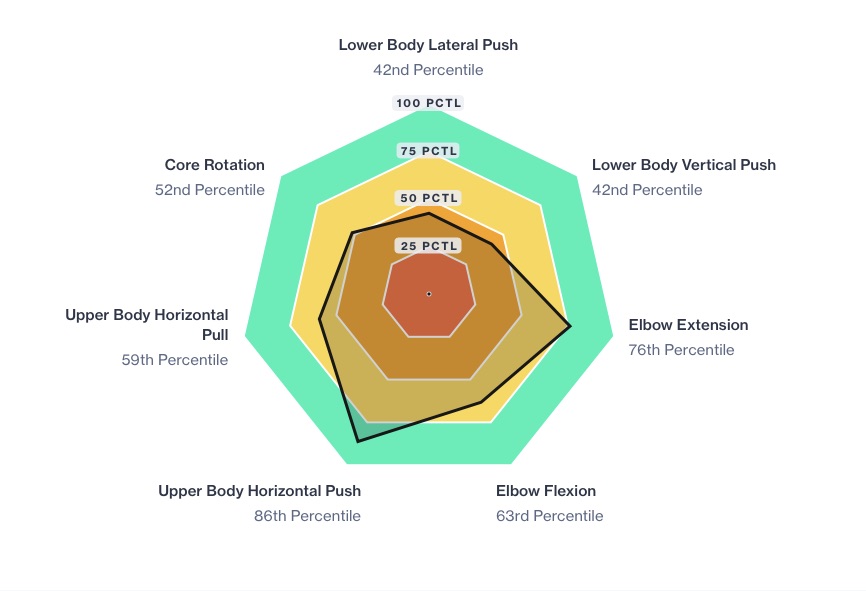BIOMECHANICS INSIGHTS: OPTIMIZING MOVEMENT, STABILITY, AND PERFORMANCE
I originally was going to take a course from Tom Purvis (still plan to) but came across the Pre-Script Biomechanics course. I’ve taken so many certifications throughout the years that I’m initially pretty skeptical to drop hard earned money, but after checking them out, I believed it was worth the investment…and that proved to be correct. I ended up with extensive notes and learned a lot. Here are some of the notes I took.
UNDERSTANDING MUSCLE ACTION VS MUSCLE FUNCTION
Muscle Action: Refers to muscles moving from insertion to origin, ”think isolated strength training.
Muscle Function: Involves muscles providing stability for efficient movement, ”think functional integration in activities like walking and running.
Shoulder Mechanics & Scapulohumeral Rhythm
- Scaption: Falls between 30 – 45 degrees; individual variation can be assessed by checking where the scapula leaves the ribcage.
- Scapulohumeral Rhythm: In shoulder flexion up to 180 degrees, the humerus contributes 120 degrees, while the scapula moves 60 degrees.
- Pain in early flexion: Likely a rotator cuff issue (minimal scapular movement).
- Pain at higher flexion: More likely scapular dysfunction (e.g., serratus weakness).
Muscle Synergies
- Supraspinatus & Deltoid: Supraspinatus initiates abduction, followed by the deltoid as leverage improves.
- Teres Minor & Lats: In full shoulder flexion (e.g., hanging from a pull-up bar), the teres minor aids scapular depression before the lats take over.
Mobility & Stability: A Layered Approach
Thoracic Mobility
Key Drills:
- T-spine extension/flexion on a foam roller
- Thread-the-needle mobility drill
- Kettlebell windmill (scapular stability with ribcage movement)
Glenohumeral (GH) Mobility & Stability
Progression of Mobility Work: Passive + Active-Assisted + Active + Active-Resisted
- Overhead Struggles? Try high pulley cable curls in the scapular plane to promote upward rotation and slight external rotation.
- More Stability = More Strength Output: Improved shoulder stability (scapula, rotators, thoracic positioning) enhances pressing power.
Stretching: Pre vs. Post-Workout
Stretching before training increases access to range of motion.
Stretching after training may reduce the likelihood of reinforcing newly gained mobility.
Injury Considerations
1. Work within pain-free ranges of motion.
2. Identify dysfunctional muscles. Lack of contribution from key stabilizers leads to compensations.
Position vs. Muscle-Centric Thinking
Exercise selection should account for positioning rather than just muscle activation.
Assessments should be ongoing, but structured evaluations help refine exercise selection.
Movement Preparation: The Valence Model – Work from the Inside Out
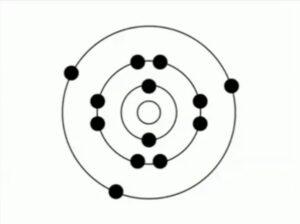
Valence 1: Thoracic & Ribcage Preparation
Enhancing thoracic mobility creates a stable base for shoulder movement.
Valence 2: Scapular Mechanics
Addressing downward vs. upward rotation improves shoulder stability.
Valence 3: Internal Rotation Needs
Some individuals need more internal rotation, while others benefit from inhibition.
Valence 4: External Rotation Control
External rotation is crucial for lat and rotator cuff stability.
Sample Warm-Up Progression
1. Foam Roller Extensions or Cat-Camels – 10 reps with deep breathing
2. Thread The Needle – 5 reps with deep breathing
3. Incline Prone Trap 3 Raises – 5 reps (with proper scapulohumeral rhythm)
4. PNF Lat Stretch – 30 seconds with deep breathing
5. Strength Movement – ex: Barbell Bench Press
KEY BIOMECHANICS INSIGHTS
Pelvis & Hip Function
- Adductors = Secondary pelvis stabilizers (primary stabilizers are the glutes).
- Neutral Pelvis: Optimizes glute leverage for hip extension.
- Anterior Pelvic Tilt: Shifts the extension load toward the hamstrings.
Hip & Knee Interactions
The Knee Is a Slave to the Hip & Foot
- IT band issues? First, check glute medius function.
- Poor squat depth? Strengthen calf function to improve foot mechanics. Also, doing a calf exercise first with a focus on getting a great stretch, will help the range of motion with the squat due to better dorsi flexion.
- Hip Internal Rotation = Force Production
- Weak internal rotation limits power output.
- External foot rotation in a squat suggests poor internal rotation access.
Stability & Load Considerations
Contra-lateral vs. Ipsi-lateral Loading:
- Contra-lateral load (weight in the opposite hand of the forward leg) biases internal rotation.
- Ipsi-lateral load (same side) promotes external rotation.
Optimizing Glute Training
- Global Function of Glutes = Hip Extension & Lateral Stability
- Bilateral Movements (Deadlifts, RDLs) = Midrange Glute Activation
To Truly Train Glutes in a Lengthened Position:
- Incorporate unilateral movements with pelvis shifting (e.g., B-Stance RDLs, Walking Lunges).
- Pre-activate glutes before mid-range/lengthened exercises (e.g., hip thrusts first).
Foot Function & Squatting
- Tight Calves? Try calf raises before squats to improve pronation/supination, leading to better depth.
- Training Abs & Calves at the Start enhances whole-body function and force production.
KEY FACTORS IN PROGRAM DESIGN
Before Prescribing Exercises, Ask:
1. Biological Age & Training History – “ Experience impacts adaptability”
2. How Specific Do We Need to Be? – “Not all clients need ultra-constrained programming.
3. Injury History – “ Past injuries influence movement quality”.
4. What Movements & Loads Can Be Managed? – “ Progress through: Passive-Assisted – Active-Assisted – Active Unloaded – Active Loaded
Success is almost always harder to define than failure.
Takeaways
- Movement quality hinges on stability, mobility, and coordination rather than just strength.
- Scapular mechanics, hip rotation, and foot function dictate movement efficiency.
- Assessment is ongoing. ”Observe movement, adjust programming, and focus on positioning over isolated muscle work.
- The tent model suggests movement dysfunction often stems from weak lats (shoulder stability) or weak glutes (hip stability).
By applying these principles, athletes can maximize performance while reducing injury risk.
